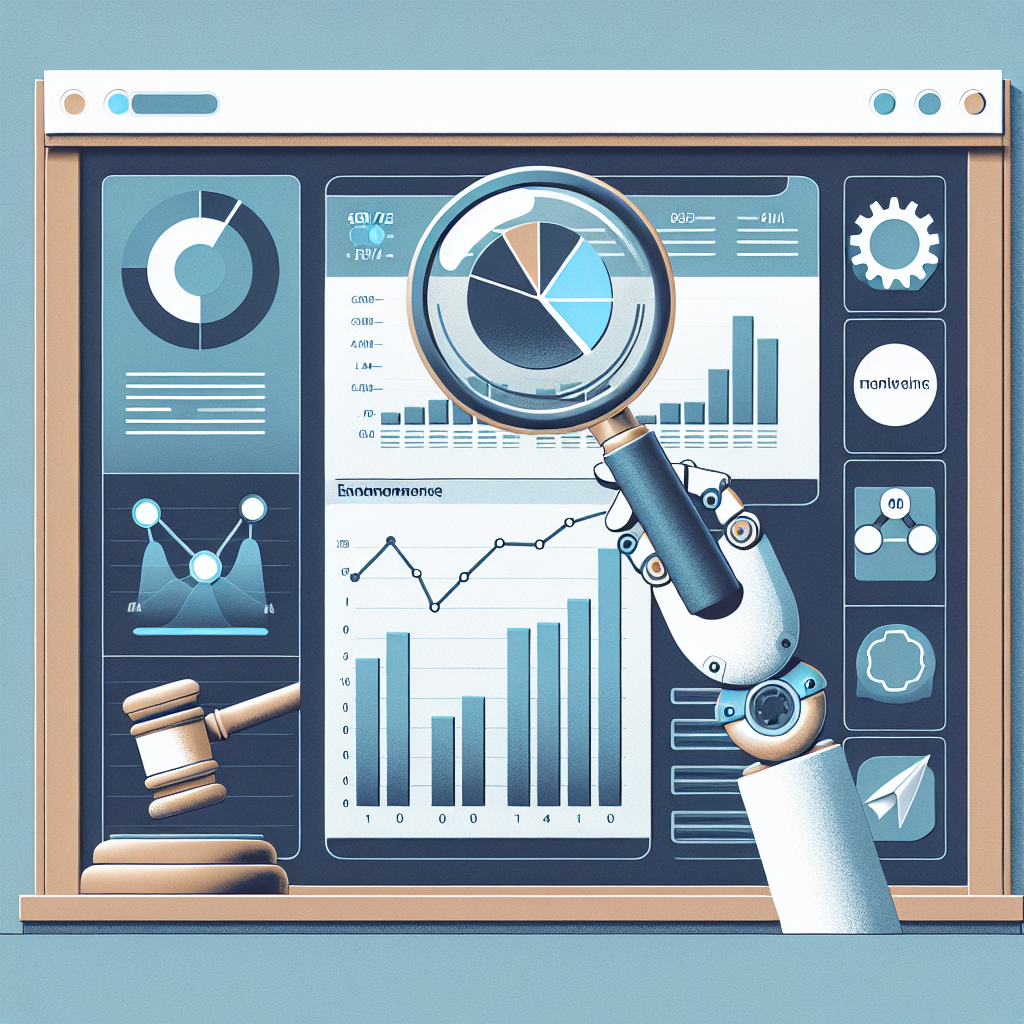Service Level Agreements (SLAs) are crucial in ensuring that service providers meet the expectations of their clients. However, simply having SLAs in place is not enough – monitoring and enforcing them is equally important to ensure maximum efficiency and satisfaction for all parties involved.
Here are some tips on how to effectively monitor and enforce SLAs for maximum efficiency:
1. Set Clear and Measurable Metrics: The first step in monitoring SLAs is to clearly define the key performance indicators (KPIs) that will be used to measure the service provider’s performance. These metrics should be specific, measurable, achievable, relevant, and time-bound (SMART). This will ensure that both parties have a clear understanding of what is expected and how performance will be evaluated.
2. Use Monitoring Tools: Utilize monitoring tools and software to track and analyze performance data in real-time. These tools can provide valuable insights into areas where the service provider is excelling and where improvements are needed. This information can be used to identify trends, address issues promptly, and make data-driven decisions to optimize service delivery.
3. Regular Reporting and Communication: Establish a regular reporting schedule to review SLA performance with the service provider. This can be done through monthly or quarterly meetings where both parties can discuss performance, address any concerns, and collaborate on solutions to improve service delivery. Open and transparent communication is key to maintaining a strong partnership and ensuring that SLAs are being met effectively.
4. Implement Penalties and Incentives: Include penalties for non-compliance and incentives for exceeding SLA targets in the agreement. This provides motivation for the service provider to consistently meet or exceed performance expectations. Penalties should be fair and reasonable, while incentives can be in the form of bonuses or rewards for exceptional performance.
5. Conduct Regular Audits: Conduct periodic audits to ensure that SLAs are being adhered to and that the service provider is meeting the agreed-upon standards. These audits can help identify any areas of non-compliance or inefficiencies that need to be addressed. It is important to conduct audits objectively and impartially to maintain trust and fairness in the partnership.
6. Continuous Improvement: Encourage a culture of continuous improvement within the service provider organization. This can be achieved through regular feedback, performance reviews, and training opportunities to enhance skills and knowledge. By promoting a learning mindset and a commitment to excellence, the service provider can consistently deliver high-quality services that meet or exceed SLA requirements.
In conclusion, monitoring and enforcing SLAs is essential for maximizing efficiency and ensuring that service providers deliver on their promises. By setting clear metrics, utilizing monitoring tools, fostering open communication, implementing penalties and incentives, conducting regular audits, and promoting continuous improvement, organizations can effectively monitor and enforce SLAs to achieve optimal outcomes for all stakeholders involved.










